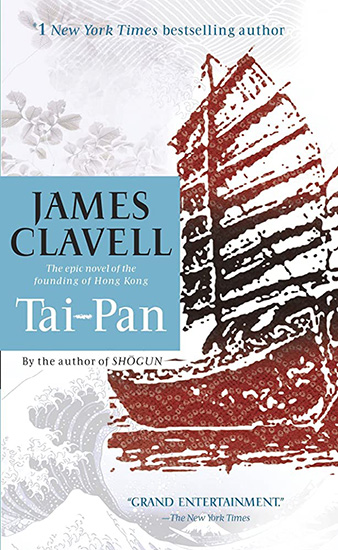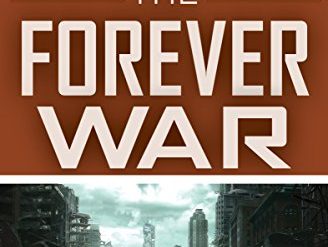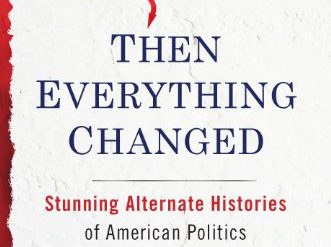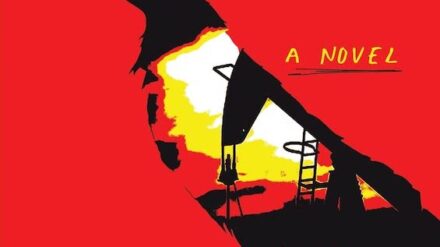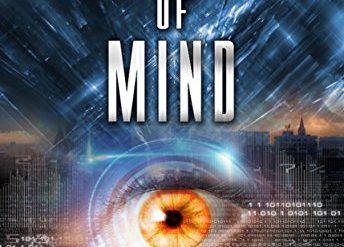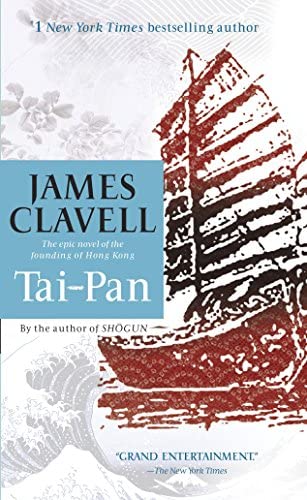
In May 1817, a Scottish physician named William Jardine (1784-1843) abandoned his post as a surgeon’s mate on a British East India Company ship and settled in Canton to take up life as a merchant. Over the succeeding years, he prospered in the opium trade and, in 1832, cofounded the company Jardine, Matheson, & Co. Jardine and his partner, James Matheson, later came to dominate the China trade, and they became deeply involved in negotiations with the British government that led to the First Opium War. James Clavell’s blockbuster novel, Tai-Pan, is loosely based on Jardine’s life—very loosely. The book dramatizes the events of 1842 midway through the war between Britain and China, centering on the events that led to the founding of Hong Kong.
Estimated reading time: 5 minutes
A half-dozen intersecting stories
Clavell’s larger-than-life hero is Dirk Struan, the eponymous Tai-Pan (supreme leader) of Struan & Co. His company, known as the Noble House, is the most successful of the firms that ply the China trade. The novel, set in 1842, sprawls across more than seven hundred pages, encompassing a skein of intersecting plot-lines.
- The founding of Hong Kong and its conversion from a barren rock into a thriving port that boasts “the best harbor in the world.”
- Continuing conflict between the traders, mostly British, and the Chinese, after the initial British victory in the First Opium War.
- Struan’s bitter rivalry with Tyler Brock, the foul-mouthed and irascible man whose trading empire is second to Struan’s own.
- The love affair between Struan and May-May, favorite granddaughter of Jin-Qua, his ally and the most powerful of the Chinese merchants in Canton.
- Generational conflicts between Struan and his son, Culum, and Brock and his hot-headed son, Gorth. Struan also has three illegitimate children with Chinese mistresses, the eldest of whom, Gordon Chen, is a powerful force in his own right.
And the overpowering force of the fast-changing weather and other aspects of “joss,” which Clavell portrays as the Chinese concept of luck, or fate. (The dictionary calls it “a Chinese idol or cult image.” The faithful often burn “joss sticks” to release incense.)
There is more. A lot more. But it all hangs together on a skeleton of fast-moving action. Tai-Pan is a rip-roaring tale.
Tai-Pan by James Clavell (1966) 727 pages ★★★★☆
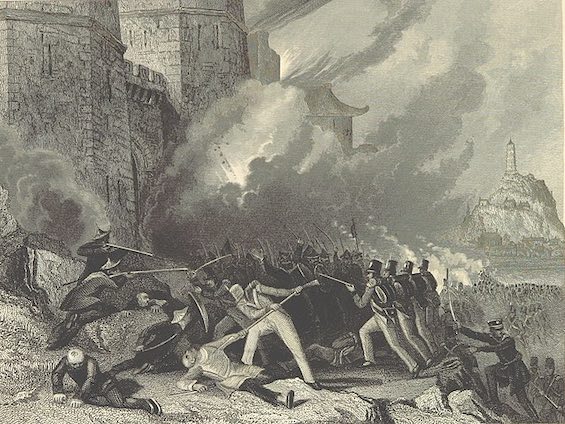
The larger historical context
Clavell’s novel uses the founding of Hong Kong as a window on a much bigger picture. Underpinning the action in this novel are two of the most important trends of the nineteenth century: the awakening of China to the world and the rise of the British Empire to preeminence under Queen Victoria.
China’s opening to the world
For a brief time early in the fifteenth century, Ming Dynasty China sent a vast fleet to explore the world beyond its borders. The fleet ranged throughout China’s seas and the Indian Ocean, traveling as far as the east coast of Africa. But upon its return from its second voyage conservative mandarins in control in the imperial palace ordered the admiral executed and the fleet sunk. And for more than 400 years China returned to its historic isolation, never admitting more than a handful of foreigners at a time and shunning contact with other nations.
British traders changed that, flooding China with tons of Indian-grown opium in exchange for luxury goods (particularly silk, porcelain, and tea). When the Chinese Emperor at length fought back, the victory of the British in the Opium Wars dramatized China’s weakness, as the British Royal Navy forced the Emperor to open ports to European trade all up and down the Chinese coast. British, American, French, and other foreign traders and Christian missionaries rushed into China, creating prosperity for a few but further weakening the imperial capital’s hold on its people. The center could not long hold, and the Chinese Empire collapsed in revolution early in the twentieth century.
The rise of the British Empire
In 1600, twelve years after defeating the Spanish Armada, Queen Elizabeth I authorized the formation of the English East India Company. With a monopoly on trade with Asia, the company grew exceedingly wealthy and powerful. As the agent of the crown, the company established trading posts all around the coast of Africa and eventually colonized most of the Indian subcontinent. But its monopoly couldn’t last.
Private competitors emerged, encroaching on the company’s holdings and at length coming to bully their way into control of the lucrative China trade. It was those private interests—most of them little more than pirates—who provoked London into going to war in China. Discredited by corruption and mismanagement in India, the East India Company was disbanded in 1858, a quarter-century before the Scramble for Africa began and the British Empire expanded to encompass a quarter of the world. But China was never among its colonies—only Hong Kong.
About the author
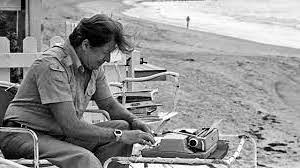
The late James Clavell (1921-94) was born in Australia, raised in England, became a naturalized American citizen, and died in Switzerland at the age of 72. He fought the Japanese in Singapore and spent most of the war as a prisoner in a Japanese POW camp. After the war he entered the film industry as a screenwriter and director, creating 15 films and TV series. Tai-Pan, his second novel, was a huge bestseller when it appeared in print in 1966. It was one of his seven novels, all set in East Asia.
For more great reading
You find a wealth of other good books on the following posts:
- 30 insightful books about China
- 20 most enlightening historical novels
- Top 10 historical mysteries and thrillers
- Top 10 great popular novels
And you can always find my most popular reviews, and the most recent ones, on the Home Page.

